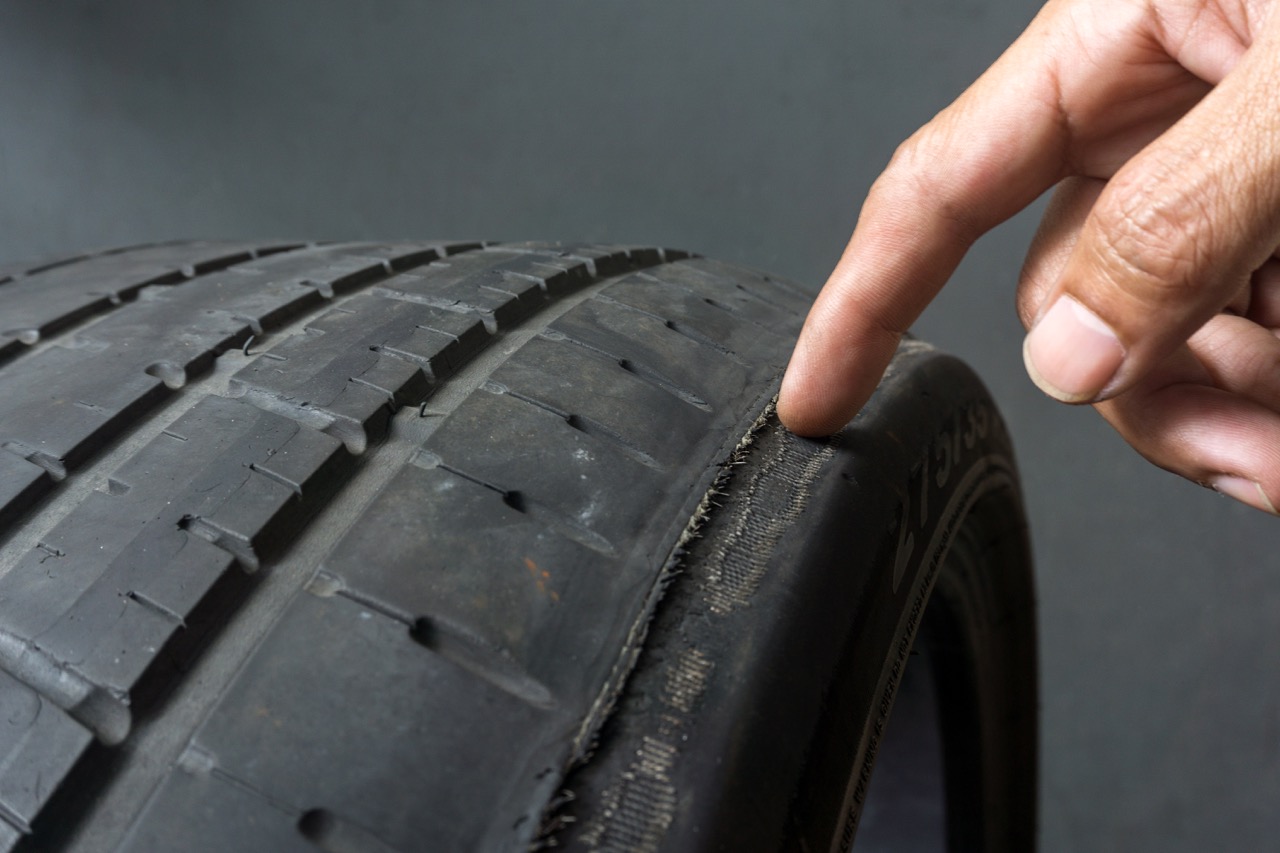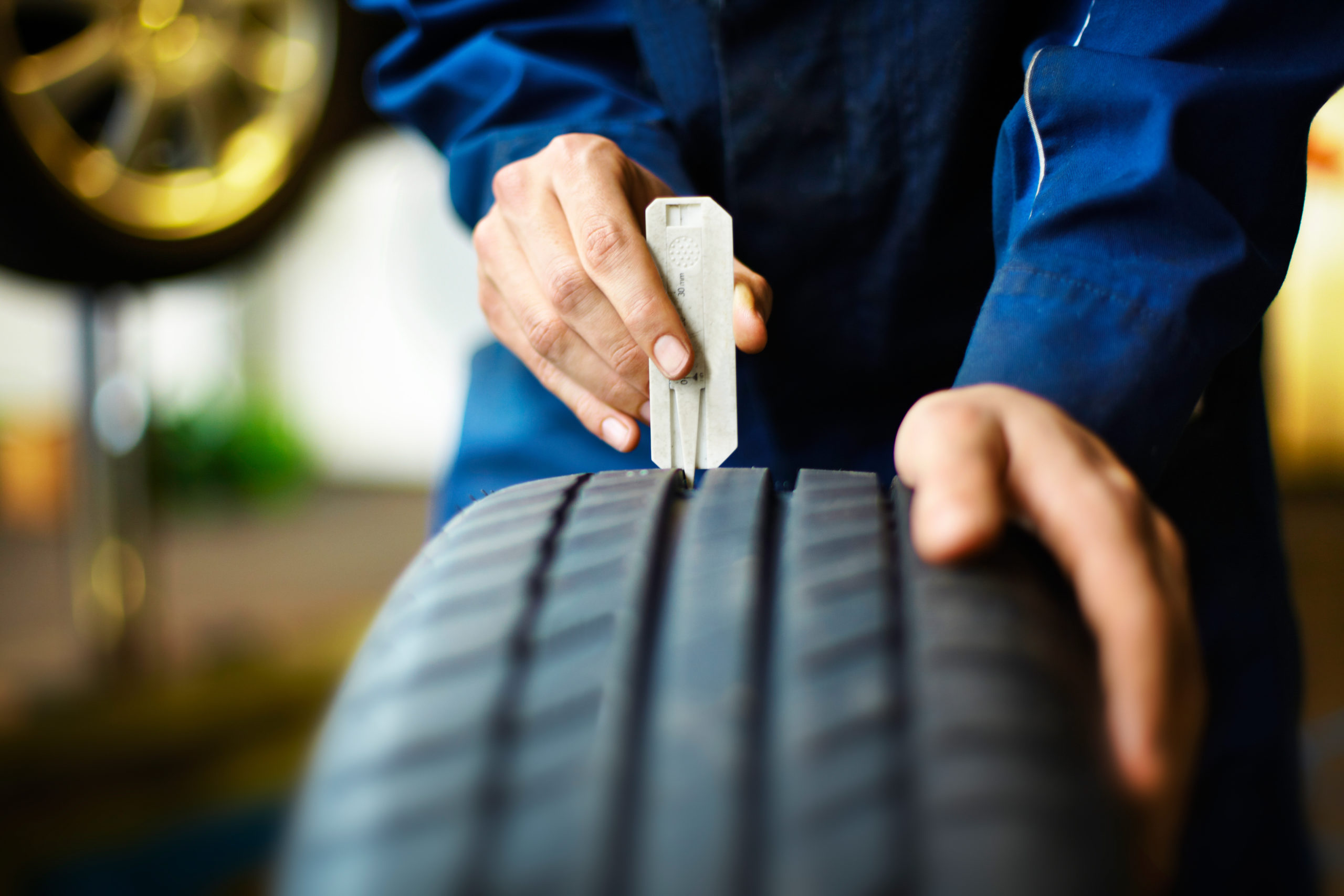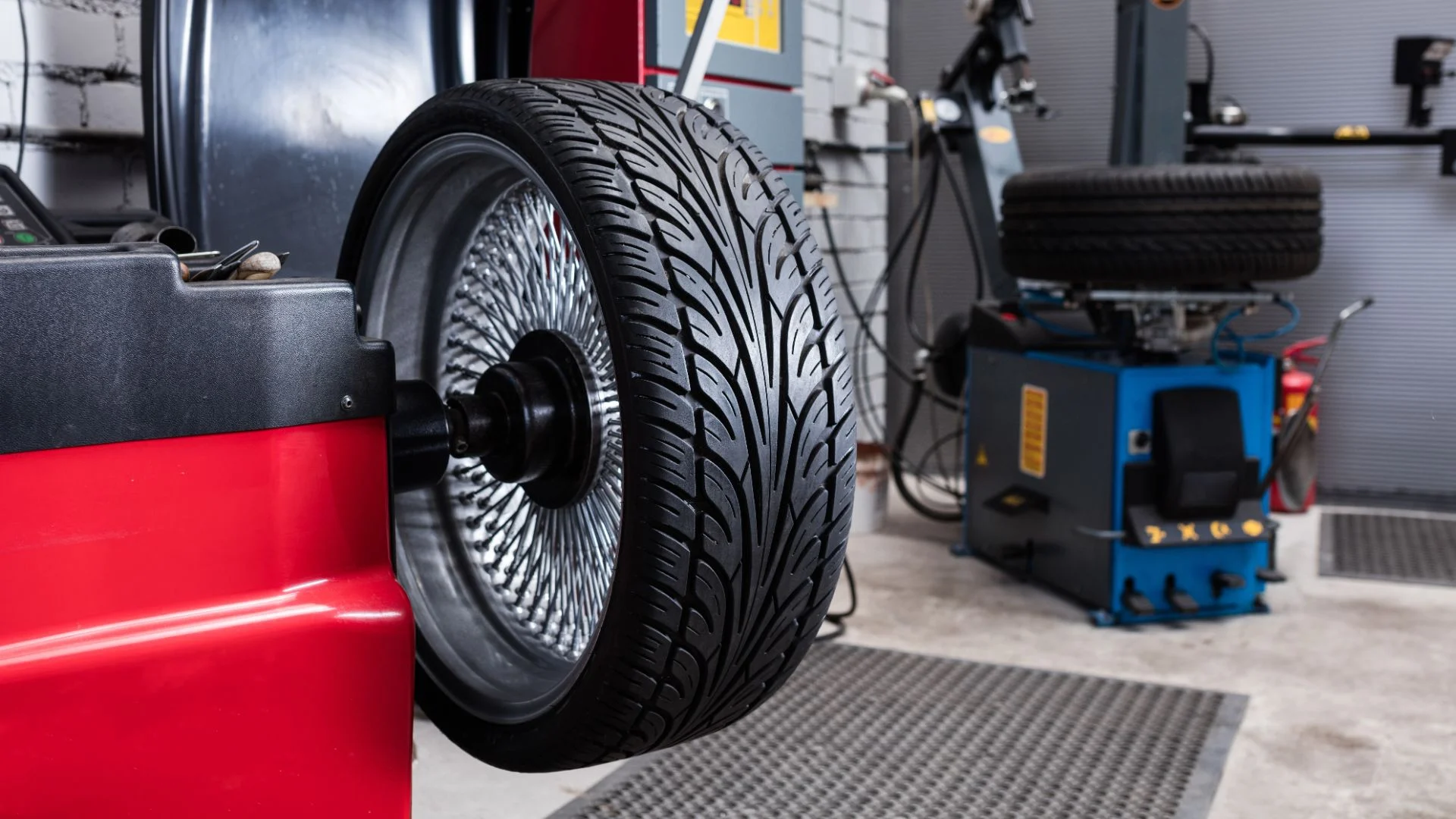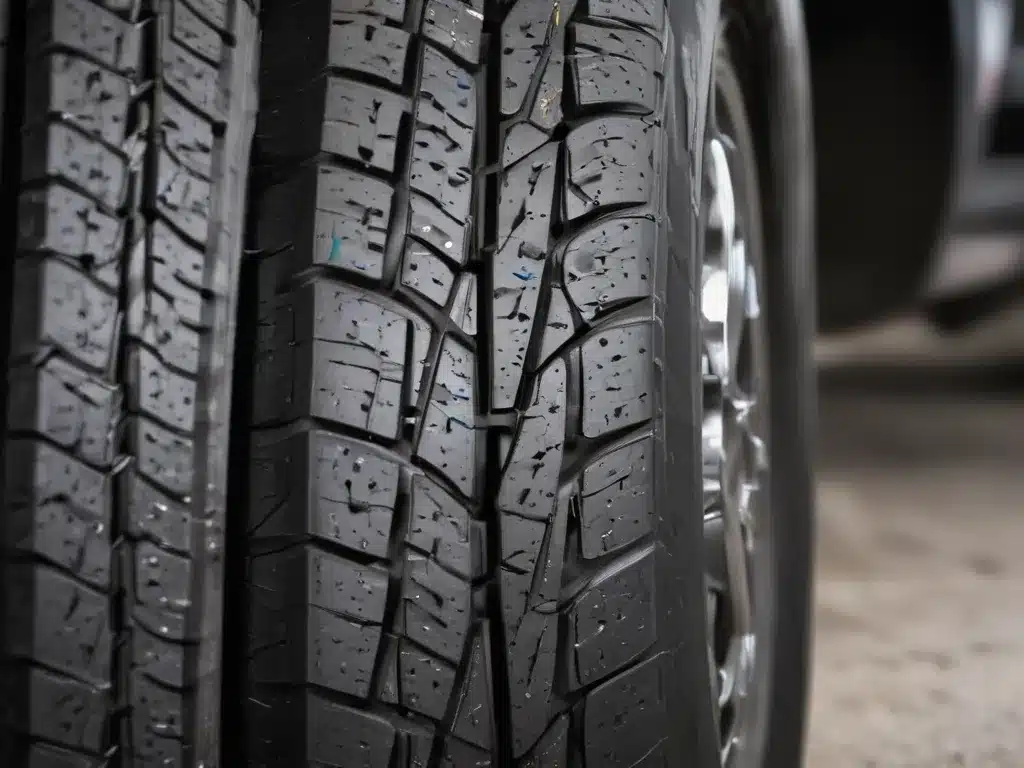Proper tire maintenance is essential for ensuring your vehicle’s safety and performance. Uneven or excessive tire wear can lead to poor handling, reduced fuel efficiency, and even dangerous blowouts.
By regularly inspecting your tires and taking preventive measures, you can extend their lifespan and improve your driving experience. Understanding the common signs of tire wear and knowing how to address them can help you avoid costly replacements and keep your vehicle running smoothly.

In this guide, we will cover how to spot the various types of tire wear issues and provide practical tips on how to prevent them. From maintaining proper tire pressure to ensuring correct alignment, these steps will help you keep your tires in optimal condition and enhance your vehicle’s overall safety and efficiency.
Regular Tire Inspections
One of the most effective ways to spot tire wear issues is through regular tire inspections. Make it a habit to check your tires at least once a month for any signs of wear or damage.
Look for uneven tread wear, which can indicate issues such as improper alignment, unbalanced tires, or suspension problems.

Use a tread depth gauge to measure the depth of the tread grooves; if the tread is worn down to 2/32 of an inch or less, it’s time to replace the tire.
Additionally, inspect the sidewalls for cracks, bulges, or cuts, as these can compromise the tire’s integrity. Regular inspections allow you to catch problems early and take corrective actions before they worsen.
Maintaining Proper Tire Pressure
Maintaining proper tire pressure is crucial for preventing tire wear issues. Under inflated or over inflated tires can cause uneven wear and reduce the lifespan of your tires. Under inflation leads to excessive wear on the outer edges of the tire, while over inflation causes wear in the center of the tread.
Check your tire pressure at least once a month using a reliable tire pressure gauge and ensure that it matches the manufacturer’s recommended levels, which can be found in the owner’s manual or on the tire placard inside the driver’s door. Keeping your tires properly inflated not only extends their life but also improves fuel efficiency and ensures optimal handling.
Ensuring Proper Wheel Alignment
Wheel alignment plays a significant role in preventing tire wear issues. Misaligned wheels can cause uneven tire wear, leading to problems such as feathering, camber wear, and toe wear. Feathering occurs when the tread ribs wear down unevenly across the width of the tire, while camber wear results from misaligned vertical angles, causing wear on one side of the tire.

Toe wear happens when the tires are not parallel to each other, leading to diagonal or cupped wear patterns. If you notice any of these wear patterns, have your wheel alignment checked and adjusted by a professional. Proper alignment ensures that your tires make even contact with the road, reducing wear and enhancing handling.
Rotating Your Tires Regularly
Regular tire rotation is an essential practice for preventing uneven tire wear. Rotating your tires involves changing their positions on the vehicle to ensure even wear across all tires. This is particularly important because front and rear tires wear differently due to their distinct roles in braking, steering, and power delivery.
Most manufacturers recommend rotating your tires every 5,000 to 7,500 miles, but you should check your owner’s manual for specific guidelines. By rotating your tires regularly, you distribute the wear more evenly, extend the life of your tires, and improve overall vehicle performance.
Ensure that the rotation pattern matches your vehicle’s drivetrain configuration (front wheel drive, rear wheel drive, or all wheel drive).
Balancing Your Tires
Tire balancing is another important factor in preventing tire wear issues. Unbalanced tires can cause vibrations, leading to uneven wear and increased stress on suspension components.
When tires are balanced, the weight of the wheel and tire assembly is evenly distributed, ensuring smooth rotation. If you experience vibrations in the steering wheel or seats while driving, it may indicate unbalanced tires.

Have your tires balanced by a professional, especially after installing new tires or when you notice any signs of vibration. Regular tire balancing helps maintain even tread wear, enhances ride comfort, and prolongs the life of your tires.
Addressing Suspension and Steering Issues
Issues with your vehicle’s suspension and steering systems can contribute to uneven tire wear. Worn or damaged components, such as shocks, struts, ball joints, and tie rods, can affect the alignment and balance of your tires, leading to irregular wear patterns.
Regularly inspect these components and replace them if necessary. If you notice any unusual noises, handling problems, or excessive bouncing while driving, have your suspension and steering systems checked by a professional. Addressing these issues promptly ensures that your tires wear evenly and that your vehicle remains safe and stable on the road.
By regularly inspecting your tires and taking these preventive measures, you can spot and prevent tire wear issues, ensuring a safer and more efficient driving experience. Proper tire maintenance not only extends the life of your tires but also enhances your vehicle’s overall performance and fuel efficiency. Keep your tires in top condition and enjoy a smoother, safer ride.

